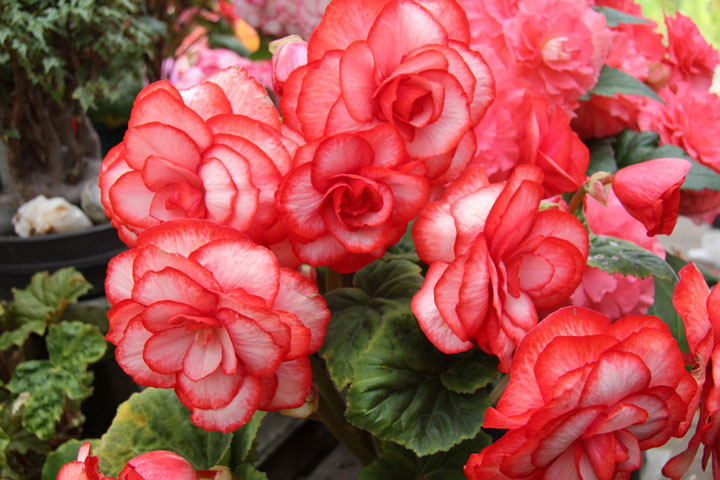
Whether your garden is an extensive country plot or a set of containers on a city balcony, annuals can add a burst of color wherever you need it.
The best Easy Annual Plants that bloom all summer long
Tuberous Begonias
These are actually tender perennials typically grown as annuals. The upright forms make wonderful bedding plants; the pendulous ones look magnificent in hanging pots. The tubers should be planted in spring in rich soil or potting medium, with the concave side up and just the bottom half of the tuber buried. Once growth begins, apply 22-14-14 fertilizer every three weeks until flower buds begin to form. At that time, switch to 0-10-10 fertilizer, applied on the same schedule. Pick off flowers as they fade.
When the plants begin to turn yellow in fall, withhold water. When the tops are completely dry, dig the tubers from the soil, and remove the tops. Dry them in the sun for a few days, then dust the tubers with sulfur powder or another fungicide to prevent rot. Store in paper containers in a cool, dry, dark place until planting time in spring.
Wax Begonias
Semperflorens begonias (also called wax begonias and fibrous begonias) are excellent bedding plants grown as annuals. In mild climates they may be overwintered. These free-flowering plants require little or no deadheading. Grow them in partial shade or indirect bright light, and provide regular doses of fertilizer.
Impatiens Walleriana
Also known as busy Lizzie, this subshrubby perennial is usually grown as an annual, it requires filtered light or shade and a fast-draining soil rich in organic matter. If you plant from nursery six-packs, loosen the root ball gently, then place each plant in fresh potting soil, making sure you don’t bury the crown of the plant. Water well after planting, then wait for the top 2″ of soil to dry before watering again. Apply no fertilizer until plants begin to grow, then fertilize every two weeks with 0-10-10. Impatiens make good container or bedding plants.
New Guinea Impatiens
These hardy impatiens are a specific group of hybrids, are prized for their often dramatic foliage and bright flowers. They may be grown in sunny spots, unlike Impatiens walleriana.
Geraniums
Most Pelargoniums, or geraniums, are perennials grown as annuals in cold-winter climates. Most prefer full sun, but in hot climates afternoon shade is appreciated. Keep plants on the dry side. Pelargoniums perform best in areas with warm, dry days and cool nights. They may be grown outdoors year-round in mild California climates. Elsewhere they’re popular bedding, container or indoor plants. Move plants indoors before cold weather begins, or take cuttings for next year. For best results indoors, set near a sunny window. Pelargoniums require rich, fast-draining soil and frequent pinching back to keep plants bushy. They are subject to infestation of white fly, spider mites and geranium bud worm. Fertilize during active growth to increase flower production.
Marigolds
Marigolds (Tagetes) are easy, dependable annuals that require full sun and well-drained soil. Many types are available, ranging in size from a few inches to a few feet in height. Marigolds come in white, yellow, red, orange and combinations of those colors. Many believe that marigolds help repel insect pests, so they’re often planted in and around vegetable patches.
Scarlet Sage
Scarlet sage (Salvia splendens) is a perennial typically grown as an annual. Red cultivars should be grown in full sun; pastel varieties need a little shade. Keep plants deadheaded for continuous summer bloom.

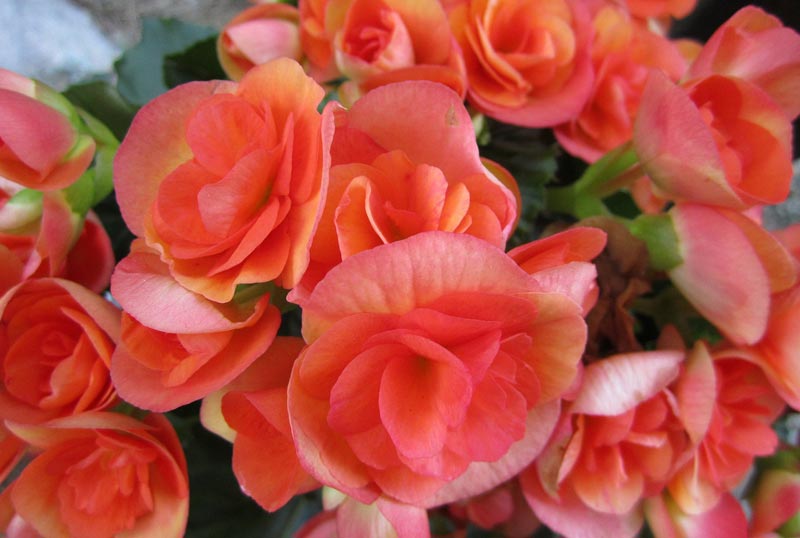
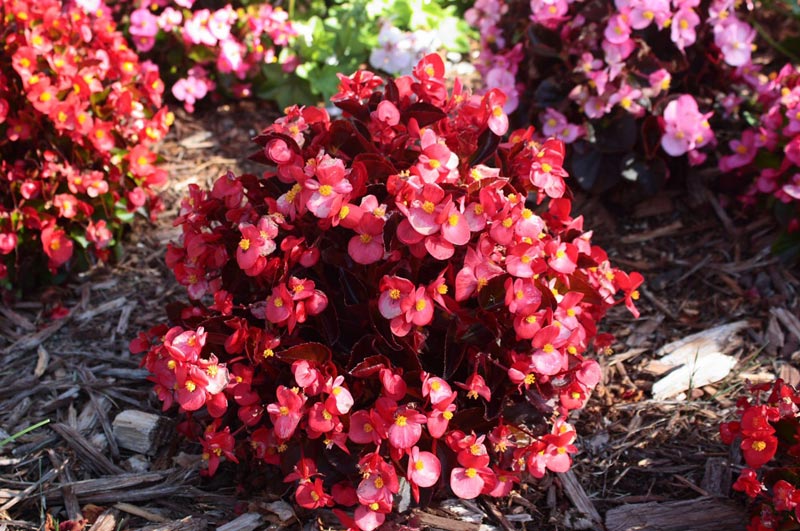
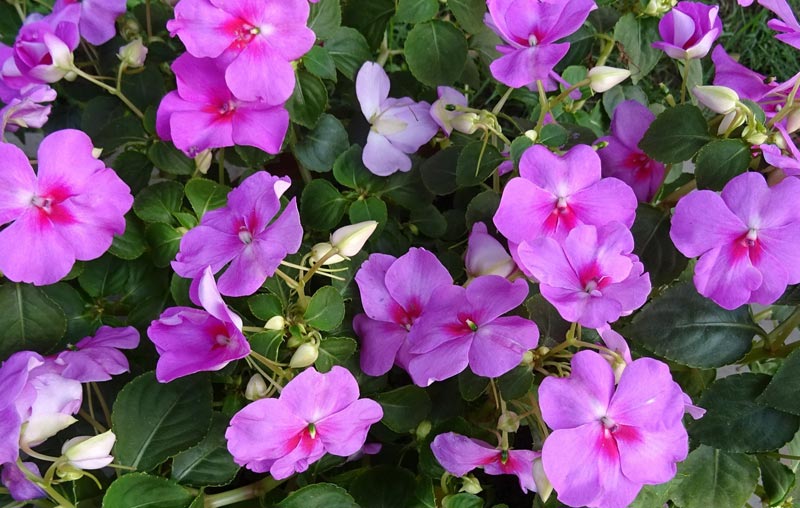

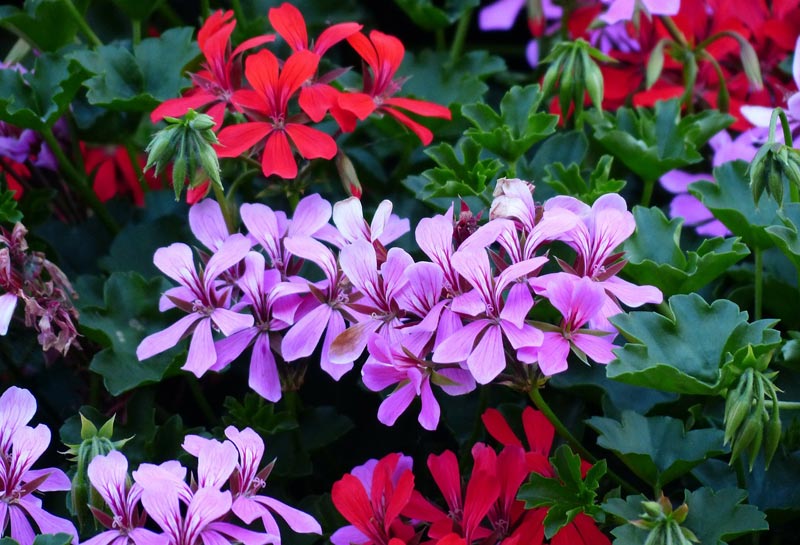
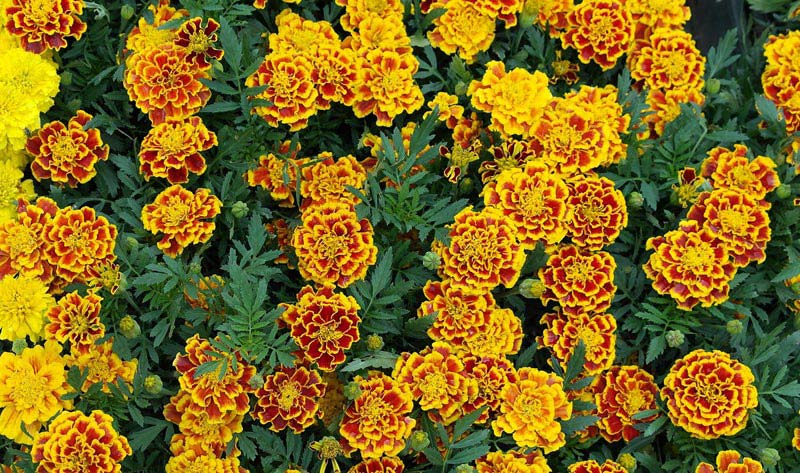
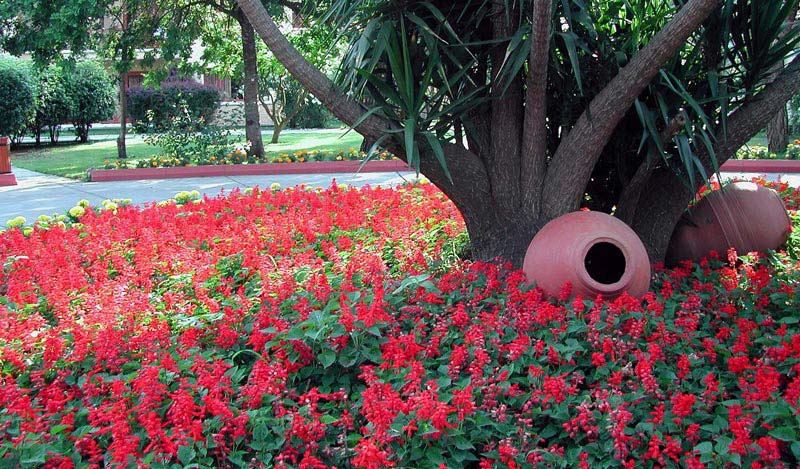
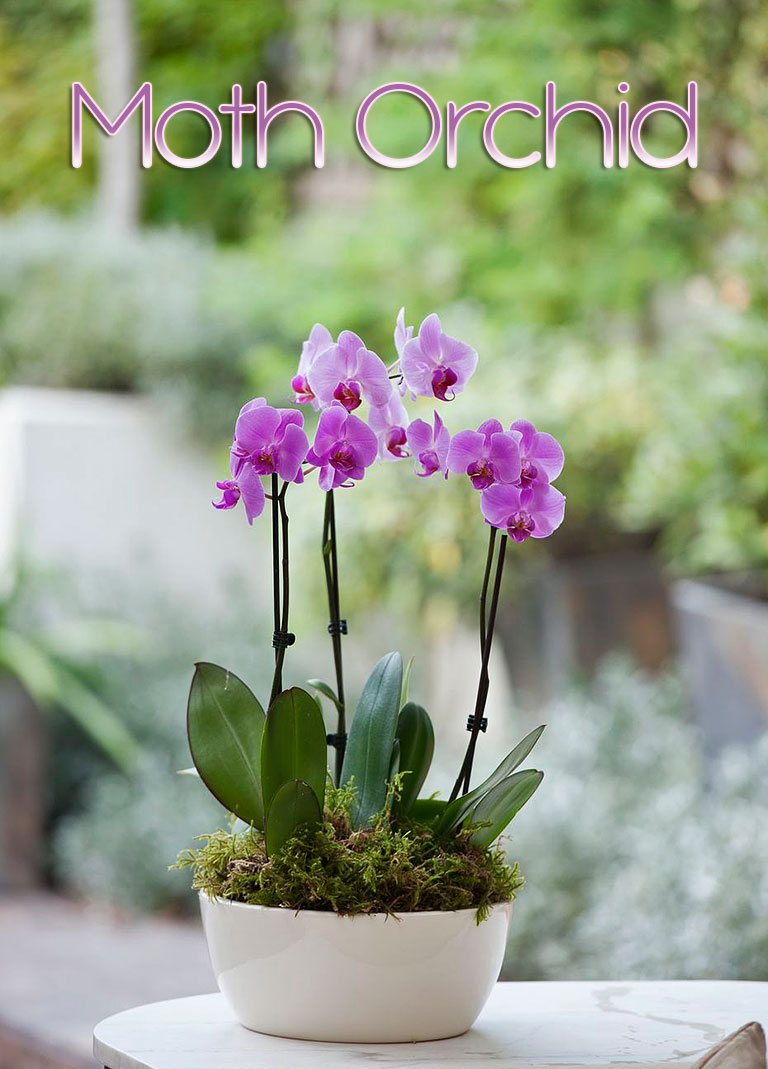
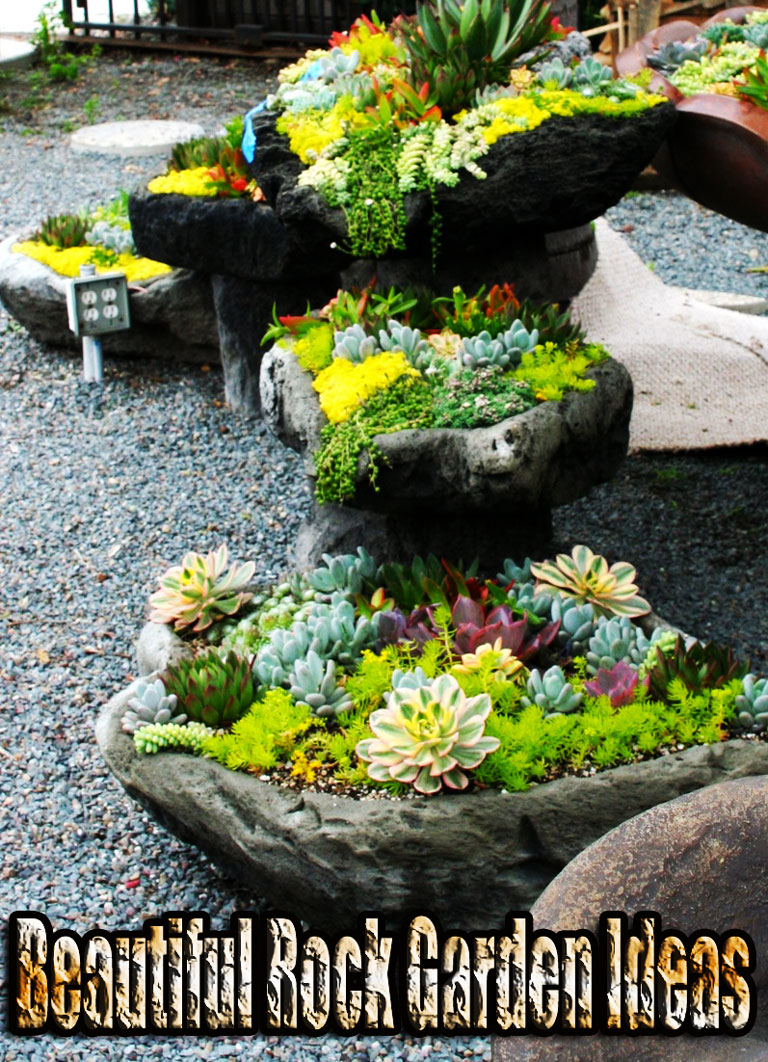
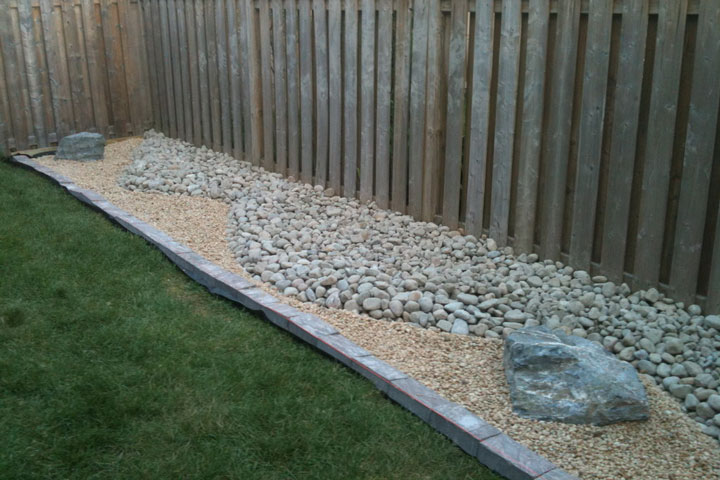
You made some decent points there. I looked on the net for the problem and found most
individuals will go along with with your site.